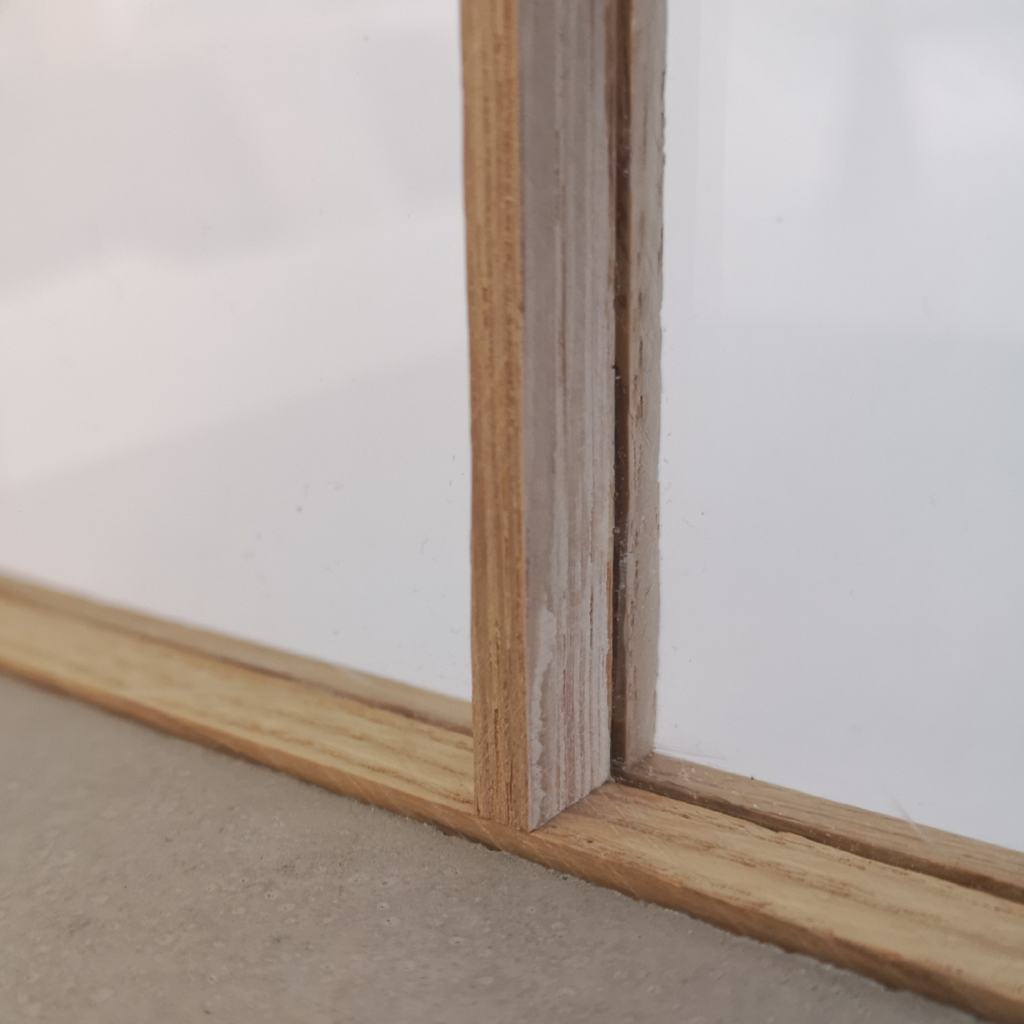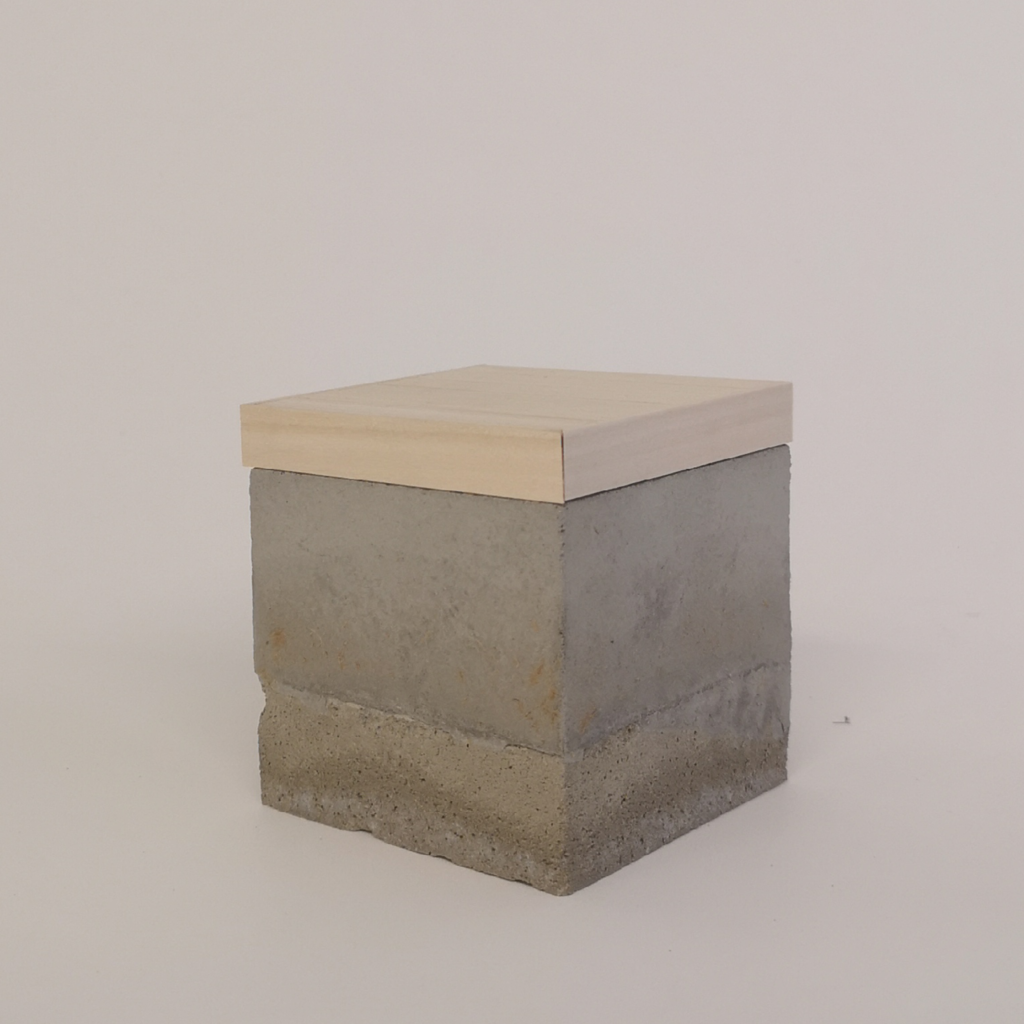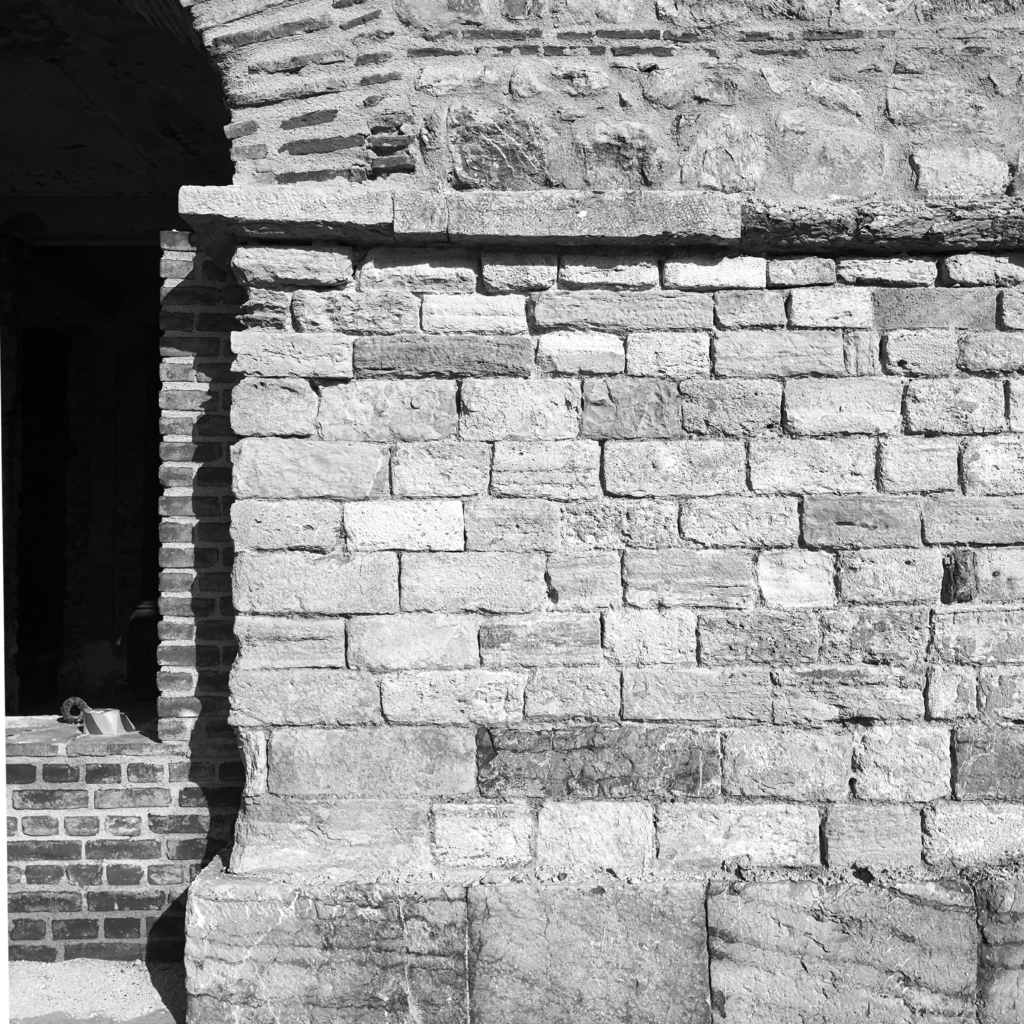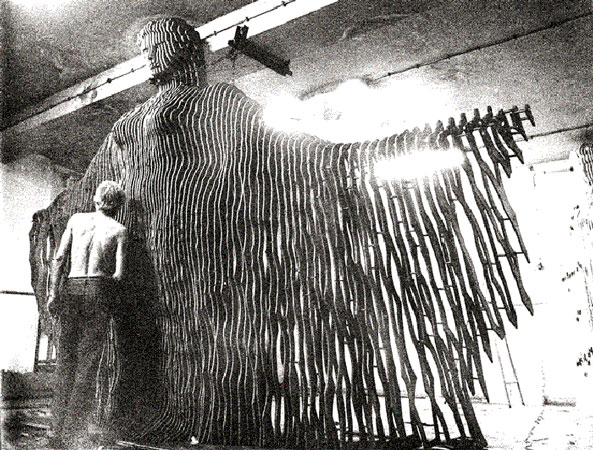
A museum for the works of Ilhan Koman
An investigation of the sculptures’ relation to space and atmosphere.
The museum will house the sculptures by the artist Ilhan Koman. In my master thesis I will focus on how to create a museum with an architecture that is experienced with the senses, how architectural qualities can help create an atmosphere.
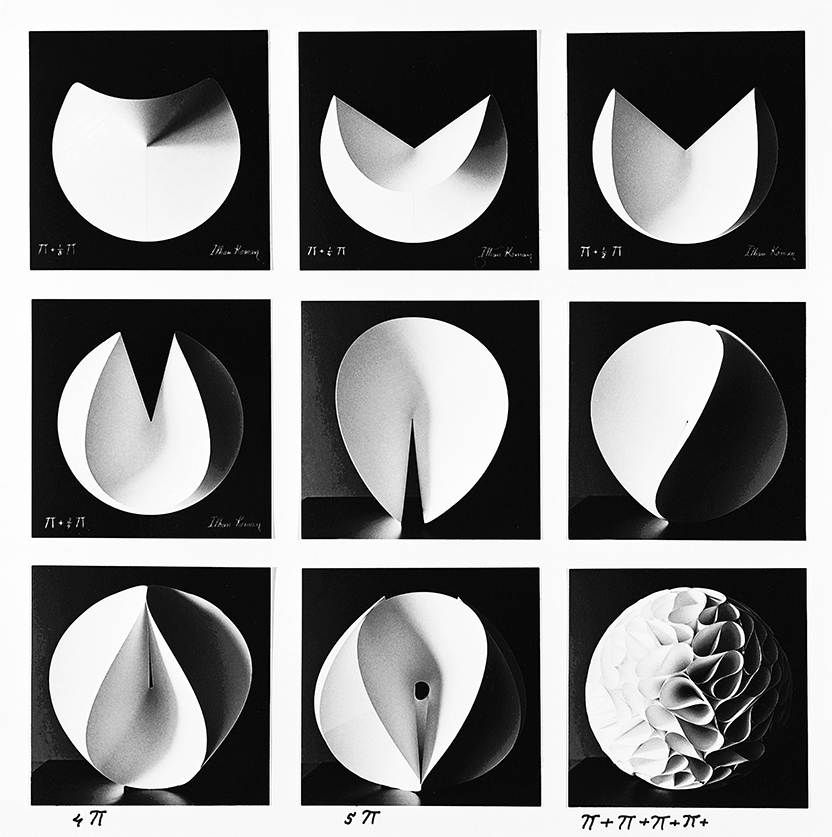
The catalogue
This is an investigation of the sculptures’ relation to space and atmosphere, an exploration and inventory of what the museum will be a home for. The result is a catalogue with iterations and reflections, physical models of the sculptures and what surrounds them. The explorations focus on the sculptures and the definition of atmosphere rather than the actual museum. This is to separate the investigation of the sculptures from the next phase which will be the master thesis and the work of the complete museum, its objects and its context.
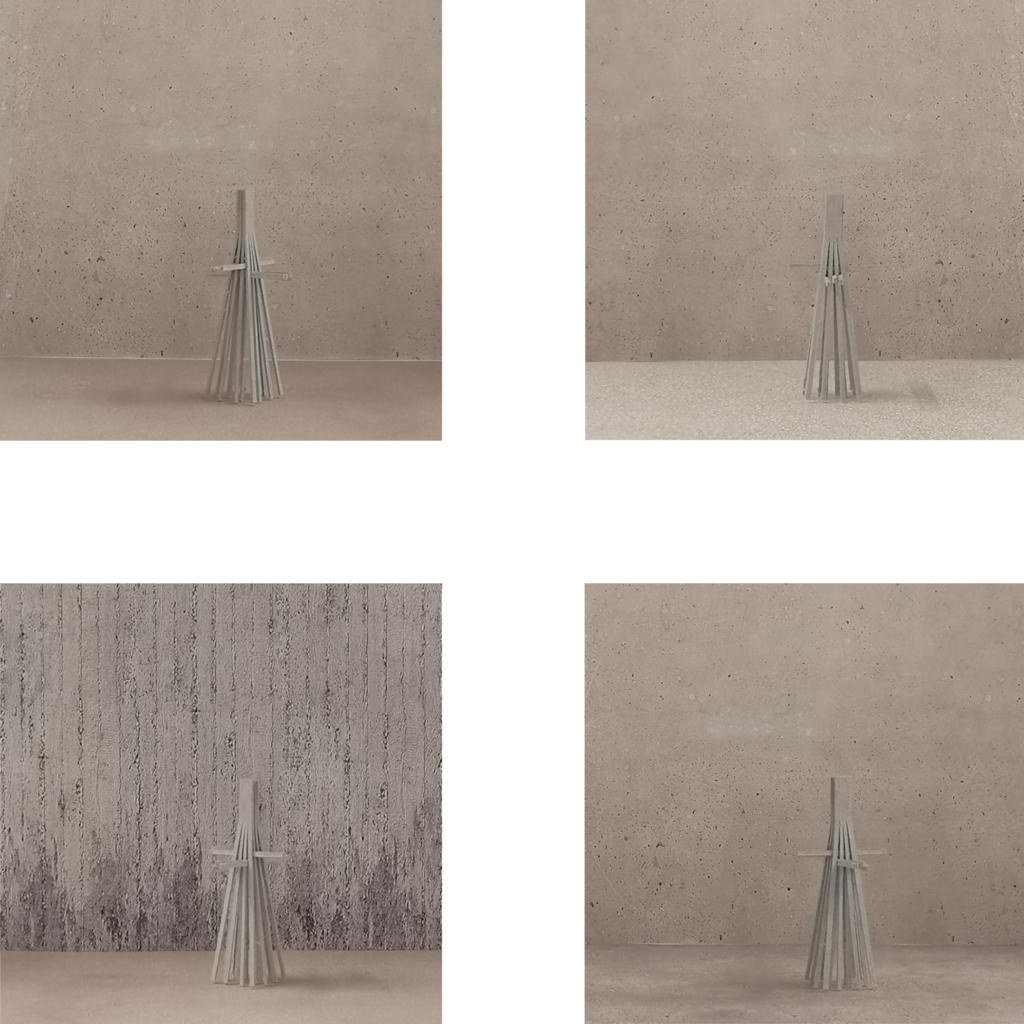
Architecture that trigger our senses
Atmosphere connected to architecture can be explained and discussed in many different ways. In this exploration I have based my definition of atmosphere on readings by Peter Zumthor and Johan Pallamsaa.
The experience of architecture is something that happens between you and what you perceive. What defines it can be small or big, it can be abstract or more concrete. For someone the impression of a space can be defined by the warm temperature and humidity in the air while for another one can be the feeling on the fingertips when touching the surface of the wall that sticks to their mind. The way architecture is experienced partly through our associations and memories makes it personal and mystical and unpredictable you could say. (Pallasmaa, J. 2005) But what we can predict is how to make architecture that can trigger our senses. Pallasmaa compares architecture with the cinema, how a world is created by fragments of a context in the movie together with the imagination and personal associations among the audience. (Pallasmaa, J. 2012)
The way spaces feel, the sound and smell of these places,
(The eyes of the skin. Juhani Pallasmaa. 2005)
has equal weight to the way things look.
Zumthor explains the atmosphere in a concist and pertinent way. (Zumthor, P. 2006) He divides the aspects that create atmosphere into nine chapters which each are thoroughly explained. Some of them are more abstract then others but even the most abstract aspects are very easy to recognize and sympathize with. For example the sound of people around you, talking but not to you, the sound of activity in a public space that does not concern you but still are recognisable for you. That is a situation all can relate to, yet it is harder to define what gives the feeling of the space, is it the life and activity or is it the buildings around you or the bench you are sitting on.

The investigation
The catalogue is devided into chapters investigating different aspects that creates and defines atmosphere and space.
- Volume
- Diagrams and drawings
- Light
- Materiality
- Detail
- Base for the sculpture
- Dramaturgy
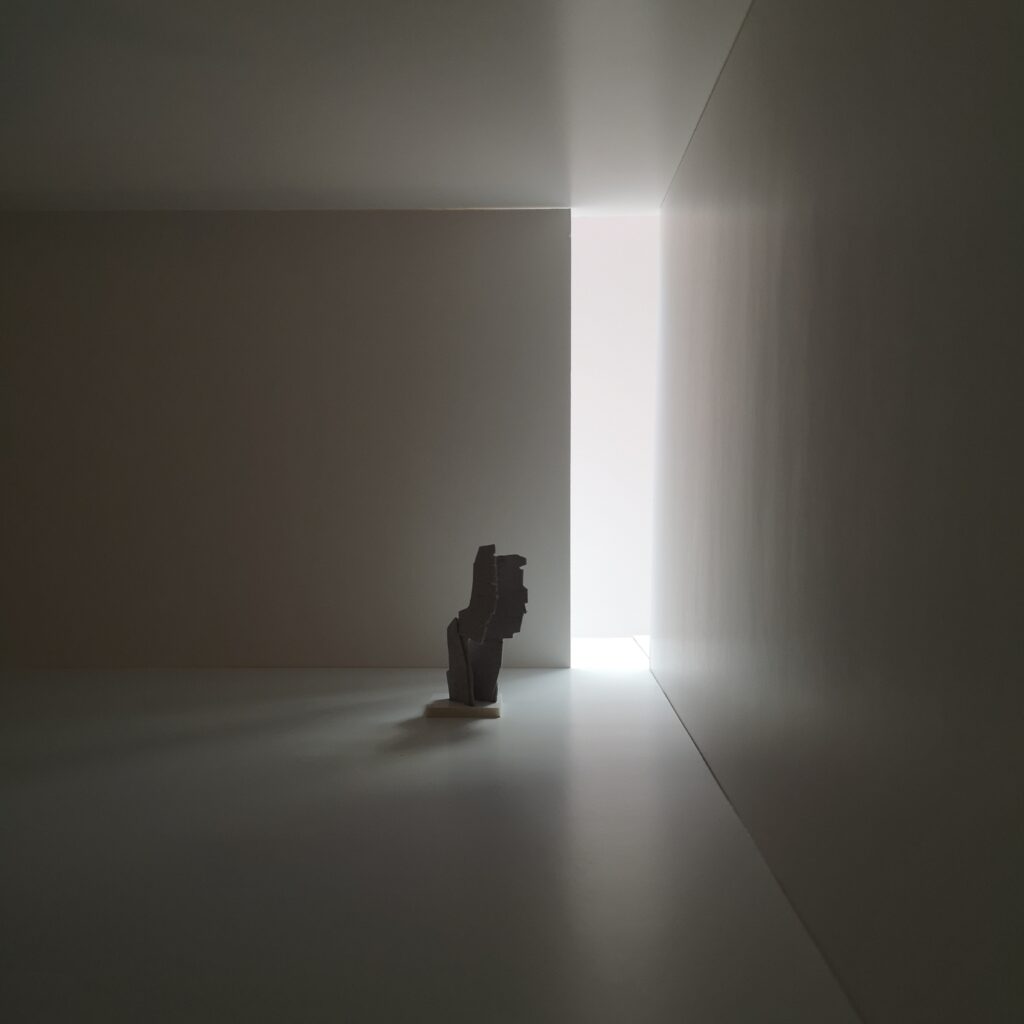
Shadow gives shape and life to the object in light .
(The eyes of the skin. Juhani Pallasmaa. 2005. p.47)
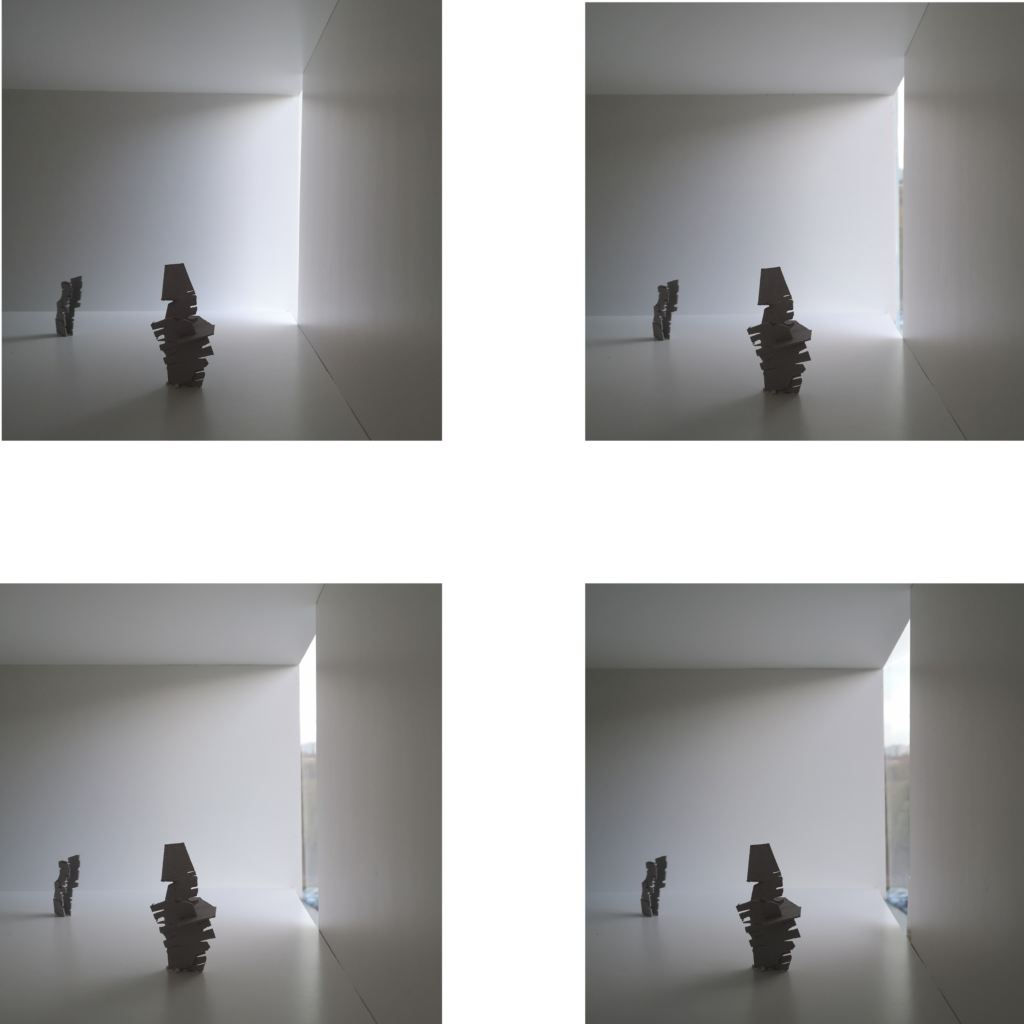
The light from the side can give the same contrasting effect as the back light. The effect of the light can be even stronger if the opening is kept thin. For the iron sculptures the silhouette is important and the contrast by the light can be a way to highlight that.
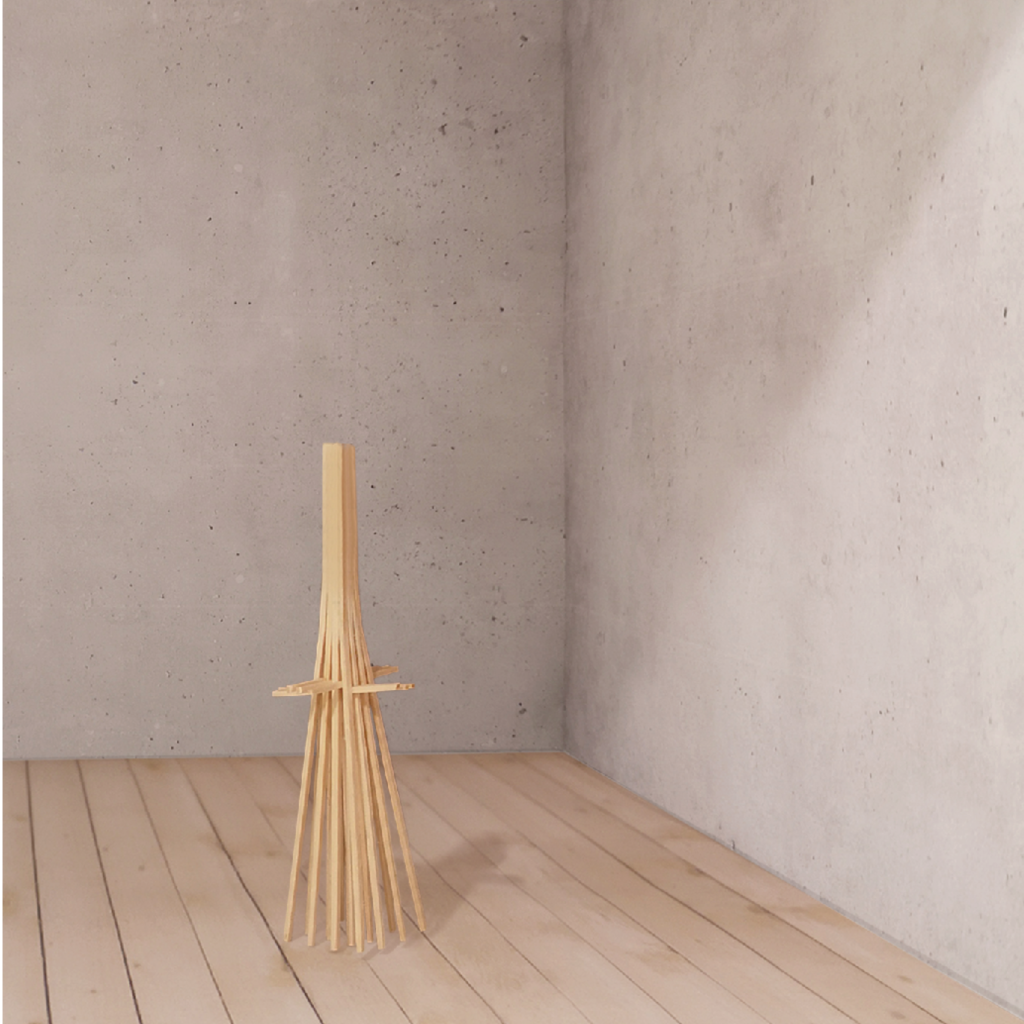
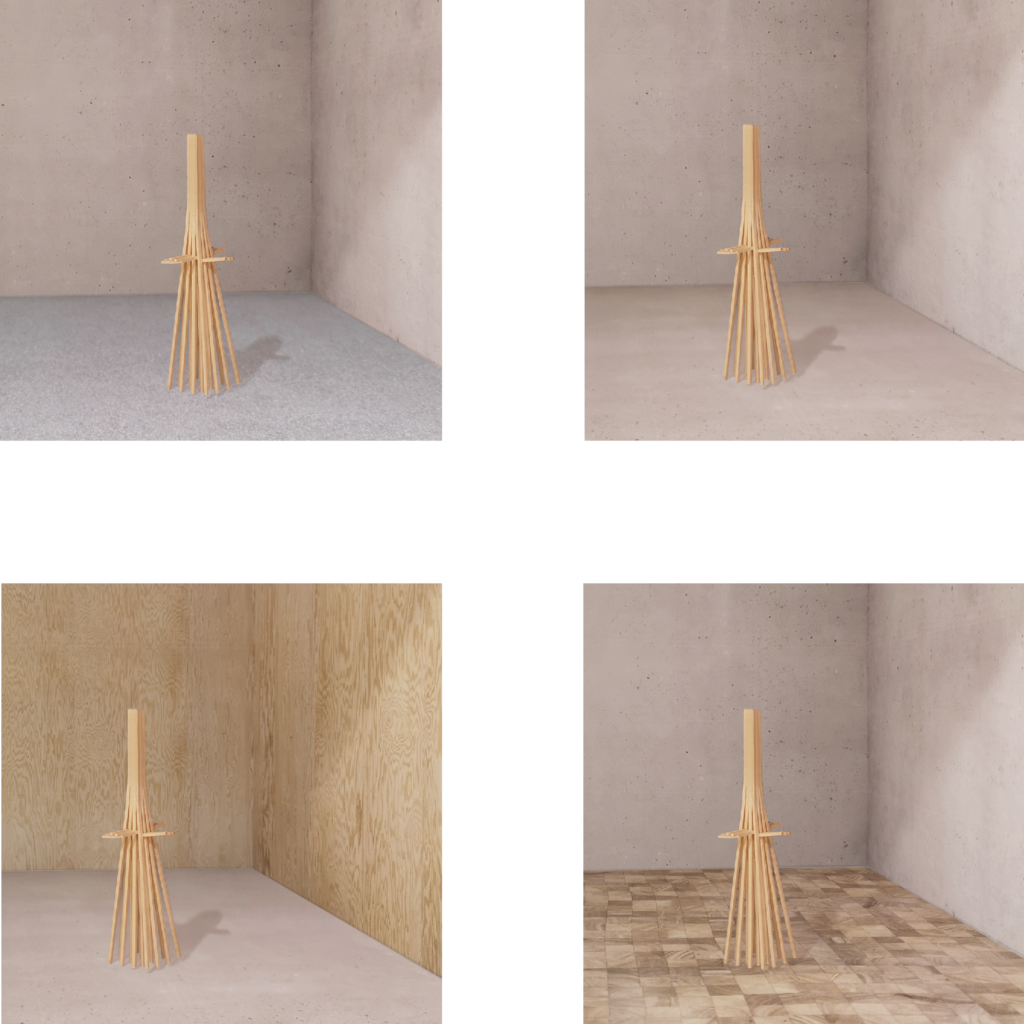
The material has an important role in shaping the space, not only by framing the room but as something you sense and associate to. The materials can either give materiality and place your experience in a bigger context or it can be anonymous and almost non existing.
In order to explore the materiality I have made physical models in the scale of 1:15 so that they can be felt by your senses. The iterations are also an exploration in how the different combinations of material gives different experiences.
